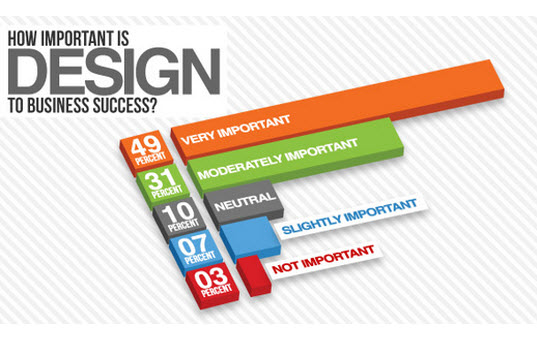Web Site Style Essentials: Tips For Structure A User-Friendly Website
Web Site Style Essentials: Tips For Structure A User-Friendly Website
Blog Article
Web Content Composed By-Christophersen Devine
When it concerns internet site style, guaranteeing user-friendliness is essential. From receptive style to structured navigation, every aspect plays an essential duty in creating a site that caters to your target market's needs. However what about the finer information that can make or damage an individual's surfing experience? Stay tuned as web page design discover some often-overlooked suggestions that can boost your website's use to the next level, making it really stand apart in the electronic landscape.
Significance of Responsive Layout
Responsive layout is a critical facet of modern-day internet site growth. Guaranteeing your website is receptive means that it can adjust to various display dimensions and devices, supplying a seamless experience for customers.
With the boosting use of smart devices and tablet computers to access the internet, having a responsive design is crucial for getting to a wider target market. It aids in boosting customer experience by making your site very easy to navigate and keep reading any gadget.
In addition, responsive layout can positively influence your search engine rankings, as online search engine like Google focus on mobile-friendly internet sites. By having a receptive design, you're also future-proofing your site, as new gadgets with varying display sizes remain to arise.
Simplify Navigation Framework
To improve user experience and promote easy access to information on your website, improving the navigation framework is extremely important. When creating your website, concentrate on producing a clear and instinctive navigation food selection that aids visitors discover what they're seeking promptly.
Limit the variety of menu items to the essentials, organizing associated web pages together to avoid overwhelming individuals. Usage descriptive tags that plainly show the web content of each page, making it much easier for users to comprehend where each web link will certainly take them.
Consider implementing dropdown food selections for subcategories to stop jumbling the main navigating bar. Additionally, consist of a search bar plainly on the web page for users who like looking for certain details.
Focus on mobile responsiveness in your navigating layout to ensure simple gain access to on all gadgets.
Optimize Page Load Speed
Improving web page load rate is vital for preserving visitors on your website. Slow-loading web pages irritate individuals and can result in high bounce rates. To enhance web page tons rate, begin by enhancing images. Compress pictures without endangering top quality to reduce their documents dimensions.
Furthermore, enable internet browser caching to save often accessed resources locally, accelerating load times for returning visitors. Minify CSS, JavaScript, and HTML documents by eliminating unneeded personalities, comments, and format, improving lots rate.
Think about utilizing a content shipment network (CDN) to distribute your site's content throughout several servers worldwide, lowering latency for users accessing your site from different places. Lastly, restrict the use of third-party manuscripts and plugins, as they can substantially impact lots times.
Conclusion
Finally, by incorporating receptive design, streamlining navigation, and enhancing web page load rate, you can create an user-friendly internet site that attract a larger target market and enhances customer experience. mouse click the next internet page ensure that site visitors can quickly gain access to and navigate your website throughout various tools, resulting in raised interaction and complete satisfaction. By focusing on these crucial elements, you can build a successful site that maintains customers returning for even more.
